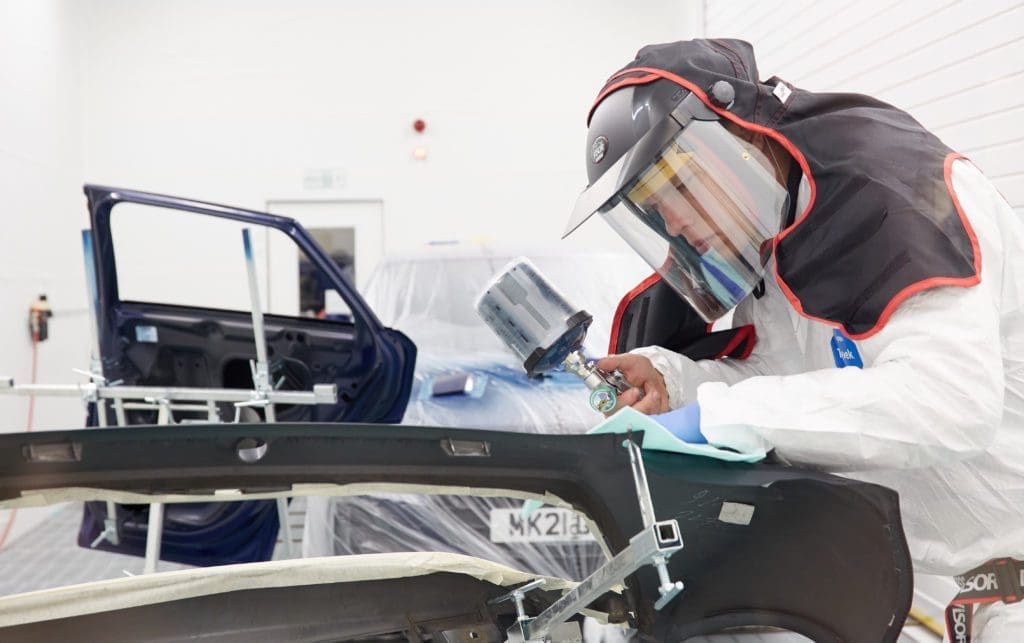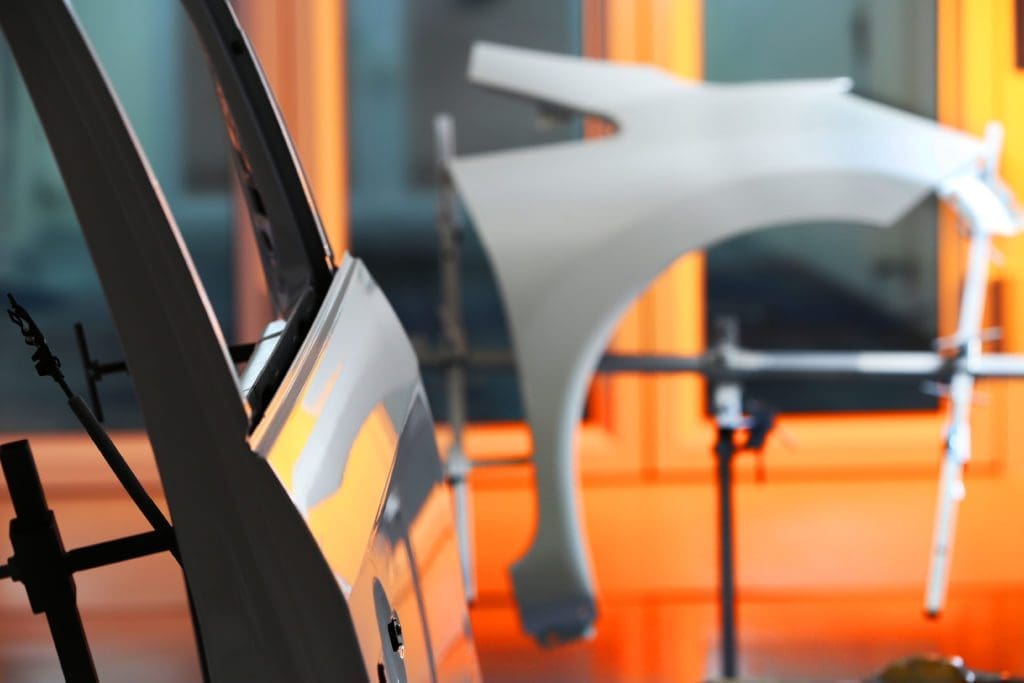Repairers are increasingly harnessing second-hand vehicle parts, often referred to as ‘green parts’, as an alternative to sourcing brand-new OE or aftermarket components.
But how safe are they when compared with their off-the-shelf counterparts?
Here we explore the safety implications of using second-hand parts in vehicle repair, as well as the potential benefits of doing so…
Is it safe to repair vehicles using second-hand parts?
Second-hand parts can be just as safe and reliable as new, off-the-shelf components – as long as they come from a reputable supplier. This is thanks to the numerous quality standards to which they must adhere, as well as the steps repairers take to ensure their safety.
Where do second-hand vehicle parts come from?
Second-hand or ‘green parts’ are sourced from vehicles which have reached the end of their useful lives.
Many vehicles which are deemed ‘total loss’ by insurance companies still have many undamaged components, which can be safely recovered and recycled.
These are usually OEM parts (Original Equipment Manufacturer), and therefore bring the same quality and compatibility as brand-new parts sourced from vehicle manufacturers.
How repairers ensure second-hand parts are safe…
Repairers take a number of measures to ensure that green/second-hand parts are safe to use. These include…

Setting comprehensive safety standards for green parts
Repairers follow high safety standards for second-hand parts, requiring them to be undamaged, genuine, and fully compatible with the vehicle to which they’re being fitted.
These standards ensure that any ‘green parts’ used by repairers pose no risk to the roadworthiness of the vehicle, and provide the same end result as would be expected with a brand-new component.
Adhering to official industry guidance
Most repairers comply with British Standards Institute (BSI) requirements, whether they’re using a green part, or a brand-new component.
These guidelines hold repairers accountable for the quality of any green parts they use, ensuring the safety, integrity, and quality of repairs using second-hand parts.
Only using them for non-safety-critical repairs
Repairers mainly use second-hand parts to replace cosmetic components, such as bumpers, wing mirrors, or headlights. They aren’t used to replace safety-critical or mechanical parts, meaning they pose no risk to the performance or roadworthiness of your vehicle.
This is because mechanical parts wear down over time, reducing their longevity. It can be hard to determine their age or condition once they’ve been used, which is why repairers usually source these directly from the manufacturer.
Prioritising OE parts over aftermarket
When using second-hand parts, repairers tend to opt for OE components. This means they’re made by the original vehicle manufacturer, and are often designed to last for the entirety of a vehicle’s natural lifespan.
These parts are usually only a few years old when they’re recovered from end-of-life vehicles, meaning they’re in the same working condition as new OE components.
Repairers won’t use second-hand parts that have been damaged or modified, meaning their quality is just as the manufacturer originally intended. All that’s required is to respray the part to match your vehicle.
Supplier safety assurances
Suppliers provide repairers with evidence-based safety & quality assurances, such as images and verifiable details of the vehicle from which the green part was originally recovered.
This helps repiarers to ensure that second-hand parts are compatible, and haven’t sustained any damage when the source car was written off.
For example, when using a second-hand front bumper, repairers may refer to images of the original vehicle to ensure no significant damage was sustained to the front-end of the vehicle.
What are the benefits of using second-hand car parts?

There are numerous benefits of using second-hand parts in vehicle repair. These include at-purchase discounts, environmental sustainability, and their increased availability when compared to brand-new components…
Reducing repair costs
Green parts are cheaper to source than new OE parts, often providing at-purchase discounts of between 40-50%. This helps to reduce the overall cost of vehicle repair, without compromising on safety or quality.
Environmental sustainability
Because they don’t rely on manufacturing or international shipping, second-hand parts are far more environmentally friendly than brand-new components. This helps to reduce the carbon footprint of vehicle repair – it’s also why they’re often referred to as ‘green parts’.
Quicker availability
Green parts are often quicker and easier to source than brand-new OE parts. This means repairs can be completed more quickly – reducing the length of time for which customers are left without their vehicles.
Read more: The Perks of Using Green Parts in Vehicle Repair
In summary
Second-hand vehicle parts, or ‘green parts’, are becoming a popular alternative to using brand-new OE or aftermarket components when conducting repairs.
They’re usually sourced from vehicles which have reached the end of their useful lives, such as after an incident or mechanical failure. For example, vehicles which are ‘written off’ by insurers often have many undamaged, OE parts – which can be recovered and recycled for future use.
Repairers take a number of steps to ensure second-hand parts are safe to use, including:
- Following high safety standards for second-hand parts
- Adhering to official industry guidance
- Only using them for cosmetic/non safety-critical repairs
- Prioritising OE parts over aftermarket
- Securing warranties & safety assurances from parts suppliers
This means they’re often just as safe and compatible as their off-the-shelf counterparts – while also being cheaper, more widely available, and more environmentally friendly.




